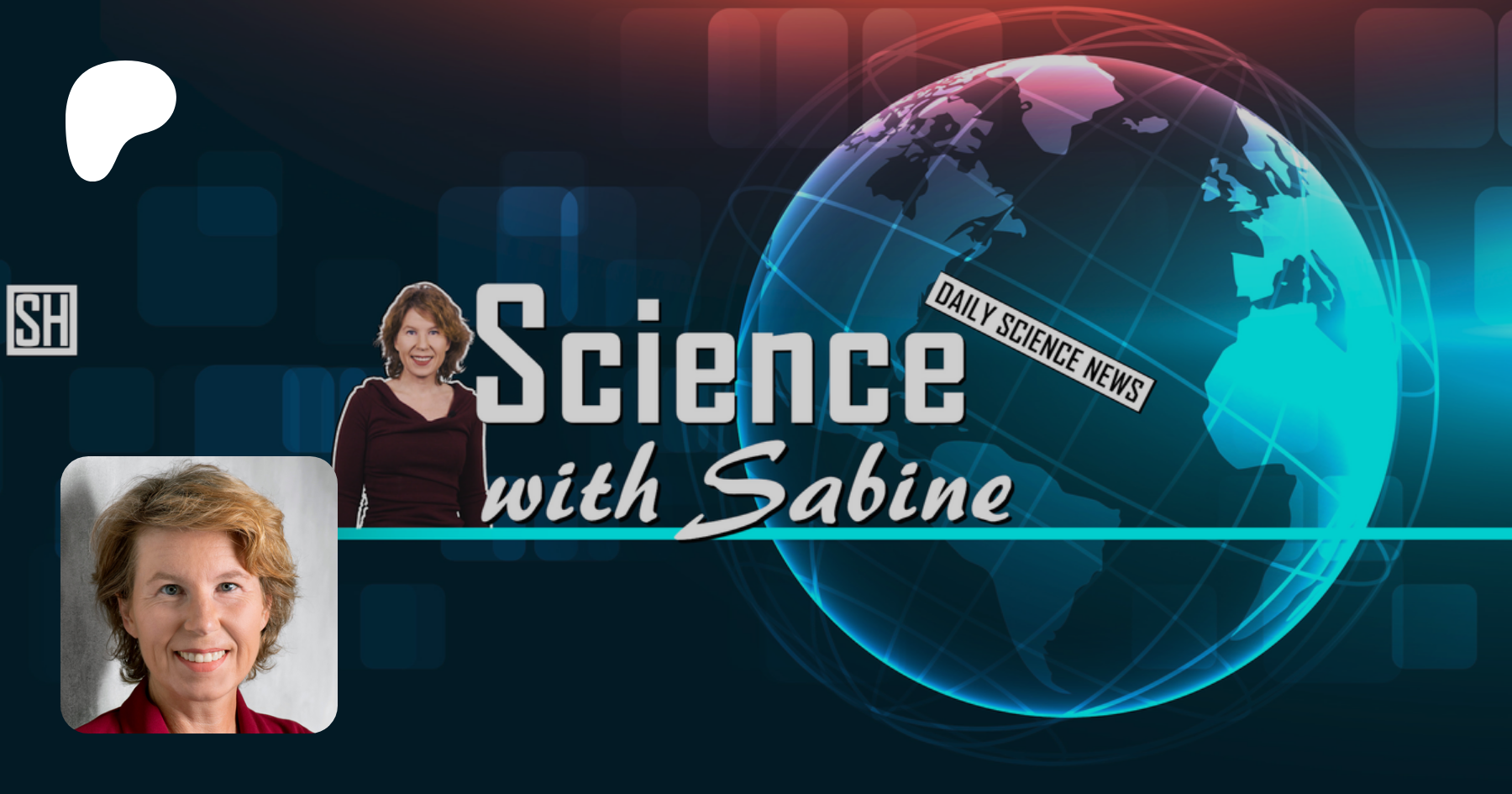- Sabine's Newsletter
- Posts
- Black Hole Supercolliders, Code-Breaking, Big Bang Trouble, and Space-Time Defects
Black Hole Supercolliders, Code-Breaking, Big Bang Trouble, and Space-Time Defects
This week’s science bits from SWTG

Black Holes Instead of Colliders

A group of astrophysicists says that black holes can collide particles at energies beyond what the Large Hadron Collider (LHC) can reach, and that suitable observations could therefore test entirely new territory. This is somewhat surprising because, while black holes are known to dramatically accelerate particles in their accretion disk, these particles all move in the same direction, so one doesn’t expect the collisions to have extremely high energies. The LHC, in contrast, collides two beams head-on, creating extremely high collision energies.
However, in a paper that just appeared in PRL, the authors say that supermassive black holes that spin sufficiently fast collide particles that spiral inwards from the accretion disk with particles that come in straight without spiralling. They say that these collisions can reach energies in the range of up to 100 TeV, which is about 10 times higher than the LHC, and the flux is high enough for the results to be observable from Earth. The collision results that are the easiest to observe should be neutrinos. Paper here. Press release here.
This week’s episode of Science News is about dark energy and dark matter, two placeholders for mysterious forces and substances that expand our universe and make up the majority of its matter, respectively. In a new theory, one physicist says that defects in spacetime explain both of these mysteries at the same time. Let’s take a look. This week’s video also comes with a quiz, which you can take here.
Speaking of quizzes, you can now create and share your own quizzes on QuizWithIt for free! Each quiz has a unique URL, can be embedded into websites or newsletter, and be shared on social media. Happy quizzing!
Quantum Computers Could Break RSA Much Sooner Than Expected

Craig Gidney of Google Quantum AI in Santa Barbara, USA, argues that a quantum computer with under one million noisy (not fully error-corrected) qubits could factor a 2,048-bit RSA key in roughly a week. This is a significant reduction in time compared to earlier estimates, which said that RSA key breaking would require upwards of 10 million qubits to complete in less than a week. Indeed, the same researcher estimated in 2019 that the task would take eight hours with 20 million qubits. It’s not that the earlier estimate was wrong; it’s just that, since then, advances with quantum algorithms and error correction have slashed the qubit requirement.
RSA has been used to encrypt digital data for decades. While the world is about to switch to encryption protocols that cannot be broken with quantum computers (the so-called post-quantum cryptography), intelligence organizations are likely in possession of confidential, encrypted information that will become readable if quantum computers become more powerful. Up until now, we assumed that RSA breaking would only become possible after other applications, e.g., in quantum chemistry, become feasible.
Paper here. Note: this paper has not yet been peer reviewed.
Partnered with Brilliant
Discover A Better Way To Learn
Make the smartest use of your time with Brilliant. Thousands of bite-sized, interactive lessons make it easy to sharpen your mind while building real knowledge in everything from math and data analysis to programming, AI, and beyond. Try it free for 30 days – my readers can also get 20% off an annual premium subscription.
We May Have Misunderstood the Cosmic Microwave Background

Image: Temperature Fluctuations in the Cosmic Microwave Background. Credits: Planck/ESA
A team of astrophysicists say that we may have misinterpreted the cosmic microwave background (CMB). They calculate that the birth of ultra-luminous and massive galaxies in the early universe (ca 200 million years after the Big Bang) heats up dust so much that its emission makes a significant contribution to the CMB. According to their estimate, at least 1.4%, but possibly the entirety, of the CMB comes from those early galaxies. CMB has so far been believed to be the radiation left over from the hot plasma in the even earlier universe (merely 300,000 years after the Big Bang).
If what they say is correct, this creates a big problem for the currently accepted standard model of cosmology (ΛCDM), because it relies on analyzing CMB data to extract key parameters. Paper here, press release here.
Fact-based news without bias awaits. Make 1440 your choice today.
Overwhelmed by biased news? Cut through the clutter and get straight facts with your daily 1440 digest. From politics to sports, join millions who start their day informed.

